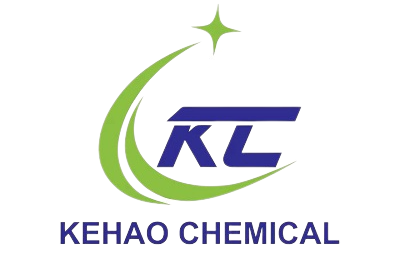Wall putty cracking too soon? Struggling with adhesion or water retention? You might be using the wrong cellulose ether. Let’s break down HPMC and HEC once and for all.
HPMC performs better in wall putty where water retention, workability, and open time are critical. HEC is good for thickening, but HPMC provides better adhesion and easier application, especially in hot or dry conditions.

HPMC vs HEC in wall putty
If you’re a buyer or formulator trying to optimize your wall putty performance, the choice between HPMC and HEC isn’t just technical—it’s practical and cost-driven. Let’s dive into their real-world performance, side by side.
What’s the Chemical Difference Between HPMC and HEC?
Struggling to choose between HPMC and HEC for your formula? Understanding the chemistry behind each might save you thousands.
HPMC (Hydroxypropyl Methyl Cellulose) is a cellulose ether modified with methyl and hydroxypropyl groups, while HEC (Hydroxyethyl Cellulose) is modified with hydroxyethyl groups. These small changes lead to big differences in solubility, viscosity, and performance.
The key lies in the modification. HPMC is more hydrophobic due to its methoxyl group content, giving it stronger water retention, especially in high-temperature applications. It dissolves in both hot and cold water, making it flexible for production processes. HEC, on the other hand, is more hydrophilic and best suited for water-based systems like coatings and paints.
| Property | HPMC | HEC |
|---|---|---|
| Chemical Groups | Methoxyl, Hydroxypropyl | Hydroxyethyl |
| Water Retention | High | Moderate |
| Solubility | Cold & Hot Water | Cold Water |
| Application Range | Putty, mortar, tile adhesive | Paint, coatings |
| Cost | Slightly higher | More economical |
This difference in molecular structure leads to better performance of HPMC in applications like wall putty, where setting time and workability are critical. For more technical specifications, you can refer to this external resource from Sigma-Aldrich.
Performance Comparison: Adhesion, Water Retention & Workability
Wondering which cellulose ether delivers better bonding and smooth application? Performance under job site conditions is the true test.
HPMC provides better adhesion strength, longer working time, and superior water retention in wall putty than HEC. HEC is easier to dissolve but lacks the setting control HPMC offers in cementitious systems.
When applied on-site, HPMC gives wall putty a creamy consistency. This improves trowelability, enhances open time, and prevents premature drying—especially important in dry, hot climates. In contrast, HEC can make the mix feel sticky or too thick, leading to poor leveling.
Here’s how they compare in real-world wall putty tests:
| Test Parameter | HPMC Performance | HEC Performance |
|---|---|---|
| Adhesion Strength | Excellent (≥ 0.6 MPa) | Good (≤ 0.4 MPa) |
| Water Retention Rate | > 98% | 90%–95% |
| Workability | Smooth, extended time | Shorter open time |
| Sag Resistance | Strong | Moderate |
| Setting Time Control | Retards set, better grip | Weak control |
In my own experience helping a client in Malaysia, switching from HEC to a high-viscosity HPMC grade reduced their surface cracks by nearly 40% within two weeks of use. The same batch of putty was easier to apply and dried more uniformly, cutting their rework time drastically.
Which One Should You Choose for Wall Putty?
Torn between cost and performance? You’re not alone—many builders struggle with the same choice.
If your wall putty application demands high water retention, smooth spreading, and fewer cracks, go for HPMC. If you’re targeting budget-friendly paint systems or simple thickeners, HEC might work.

Choosing HPMC or HEC
Your decision depends on your application needs. Here’s a simplified decision table to help:
| Requirement | Recommended Option |
|---|---|
| Cement-based wall putty | HPMC |
| Long open time | HPMC |
| Water-based coatings only | HEC |
| Budget constraints | HEC |
| All-weather application | HPMC |
Also, check the technical datasheet and request a sample test. At KEHAO, we offer lab support and help clients compare viscosity grades tailored to their formula. We’ve even had cases where our 200,000 mPa.s HPMC dramatically outperformed local alternatives in tropical climates.
For certification-conscious buyers, note that our HPMC grades comply with ISO9001:2015 and have been tested by China’s National Construction Materials Center. That assurance is critical in large-scale procurement.
Conclusion
For wall putty, HPMC is the more reliable choice. It boosts performance, reduces rework, and gives you better control. HEC may cost less, but HPMC delivers more where it counts.



